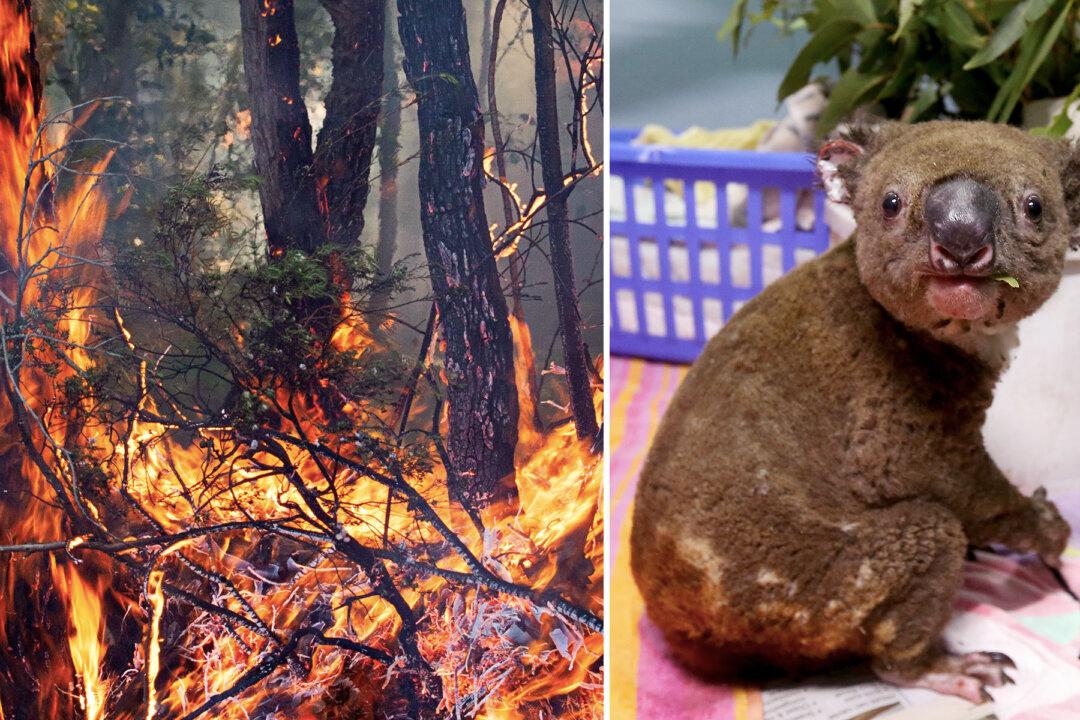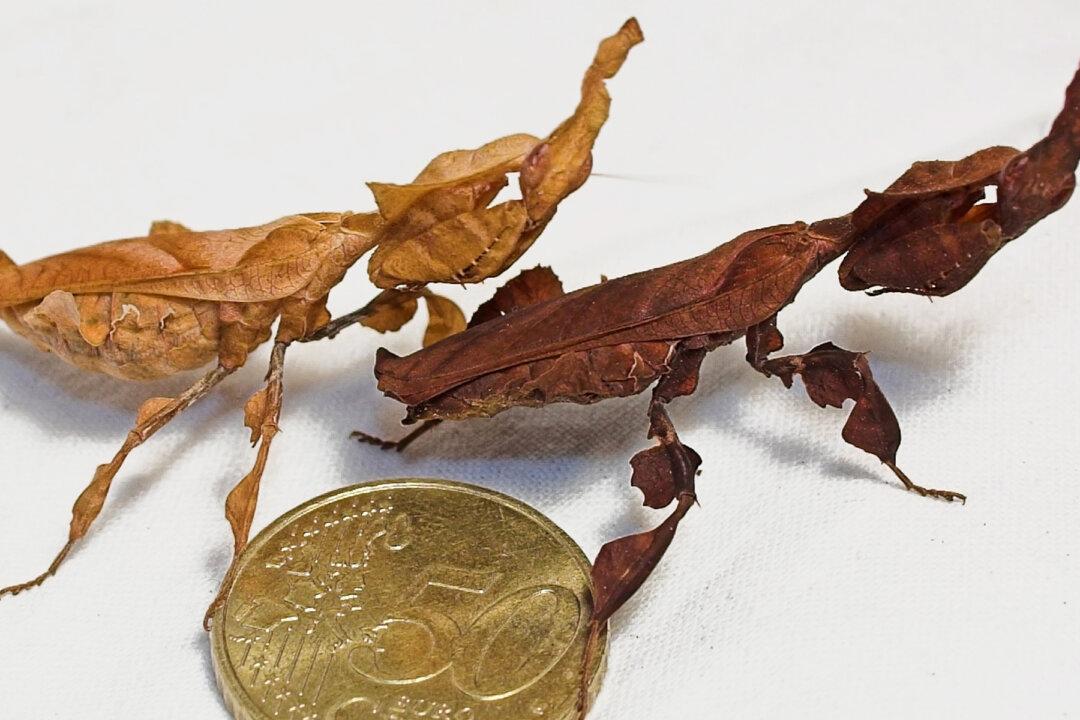Australia’s devastating fires have left the country charred and forced the evacuation of many while burning significant sections of the country’s forests. And it’s here that they have wreaked havoc on one of the country’s national animals, the koala.
This native marsupial lives in the trees, but as a herbivore, it depends on the foliage for food. As the fires have swept through the country, often with little warning, koalas have been caught in the blaze and many have been harmed or displaced from their territory.




